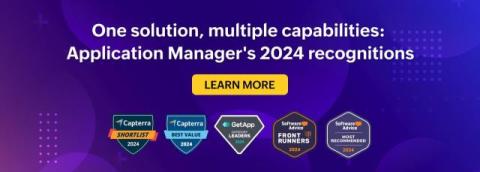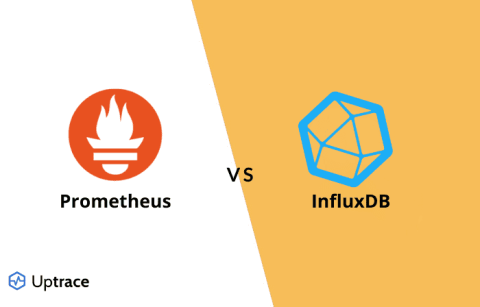Top 6 JavaScript errors and how developers can fix them
JavaScript errors are every developer’s nightmare. They’re not just irritating—they can stop your project dead in its tracks. And let’s face it, whether you’re a seasoned pro or just getting started, you’re bound to encounter these mistakes. But why keep tripping over the same issues? At Raygun, we’ve seen it all when it comes to JavaScript errors, and we know which ones are the real time-wasters.











